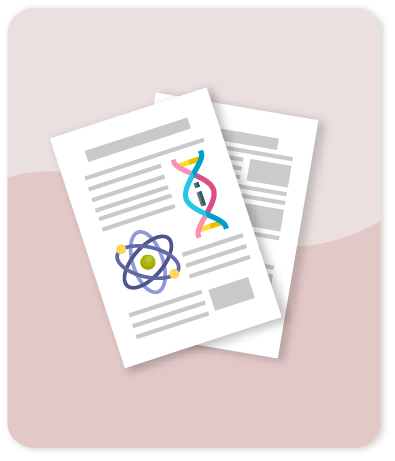Cerebral Cortex Atlas of Emotional States Through EEG Processing

Share this
Author
Gómez A.
Quintero O.L.
Lopez-Celani N.
Villa L.F.
Citación
Metadata
Show full item recordAbstract
This paper addresses the cerebral cortex maps construction from EEG signals getting an information simplification method for an emotional state phenomenon description. Bi-dimensional density distribution of main signal features are identified and a comparison to a previous approach is presented. Feature extraction scheme is performed via windowed EEG signals Stationary Wavelet Transform with the Daubechies Family (1-10); nine temporal and spectral descriptors are computed from the decomposed signal. Recursive feature selection method based on training a Random forest classifier using a one-vs-all scheme with the full features space, then a ranking procedure via gini importance, eliminating the bottom features and restarting the entire process over the new subset. Stopping criteria is the maximum accuracy. The main contribution is the analysis of the resulting subset features as a proxy for cerebral cortex maps looking for the cognitive processes understanding from surface signals. Identifying the common location of different emotional states in the central and frontal lobes, allowing to be strong parietal and temporal lobes differentiators for different emotions. © 2020, Springer Nature Switzerland AG.
Collections
- Indexados Scopus [1632]
